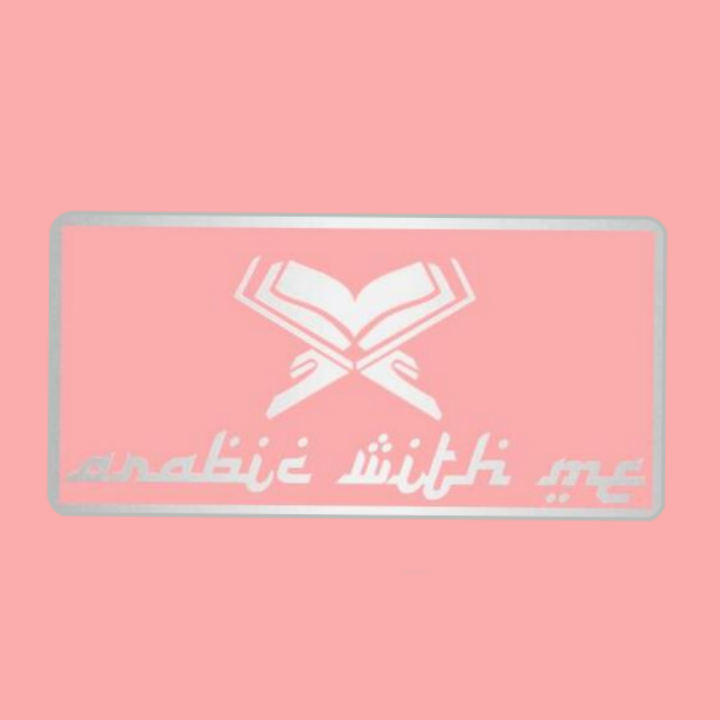Lesson 12 - The Adverbs أمام and خلف
- Arabic With Me

- Jan 12, 2023
- 1 min read
ADVERBS خَلْفَ and أَمَامَ
The adverbs we are going to mention today are KHALFA خَلْفَ ( means BEHIND ) and AMAAMA أمَامَ ( meaning IN FRONT OF ).
Those words are adverbs, but they have the function like prepositions and they do not change. What is meant by they have a function like the prepositions is, the word that comes after them becomes majroor, it takes a kasrah or kasratayn.
We know that when we mentioned before the prepositions, we said that the noun ( which carries -U/ -UN ending ) becomes majroor, meaning it gets a kasrah or kasratayn ( two kasrahs ), with of course some exceptions, like the names Musaa, ‘Isaa etc.
NOTE: In Arabic there is 2 types of adverbs: adverbs of time and adverbs of place, and many of them have the function of prepositions, meaning that if they come before a word that the word after them takes a kasrah or kasratayn, and we already did one of them which is tahta ( underneath ).
So for example, if we ask:
Ayna Muhammadun? ( Where is Muhammad? )
أَيْنَ مُحَمَّدٌ؟
Huwa KHALFA Mahmoodin. ( He is behind Mahmood )
هُوَ خَبْفَ مَحْمُودٍ.
or
Ayna sayyaratu al mudeeri? ( Where is the car of the principal? )
أَيْنَ سَيَّارَةُ الْمُدِيرِ؟
Hiya AMAAMA al masjidi. ( It is in front of the masjid )
هِيَ أِمَامَ المَسْجِدِ.
or
Ayna jalasa Muhammadun? ( Where did Muhammad sit? )
أَيْنَ جَبَسَ مُحَمَّدٌ؟
Jalasa khalfa Haamidin. ( He sat behind Hamid )
جَلَسَ خَلْفَ حَامِدٍ.
NOTE: There is a new verb we are learning today and this is the verb JALASA, which means ‘he sat’




Comments